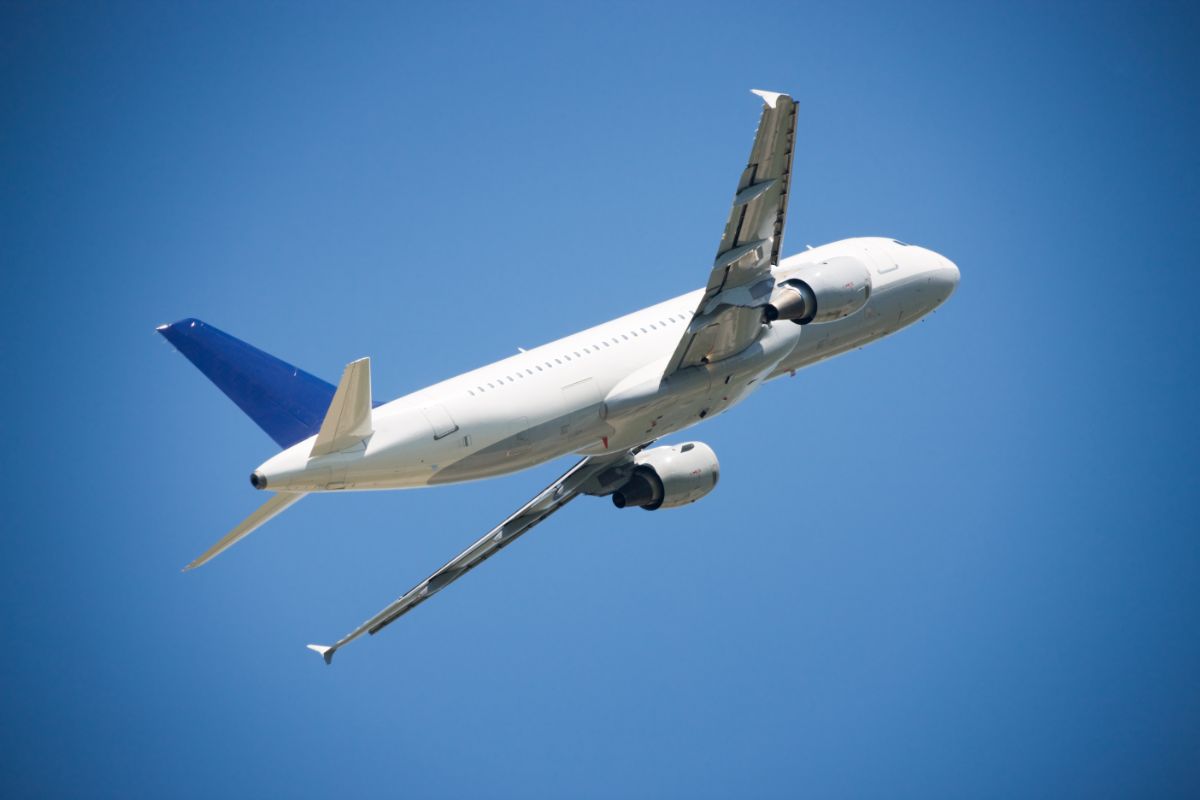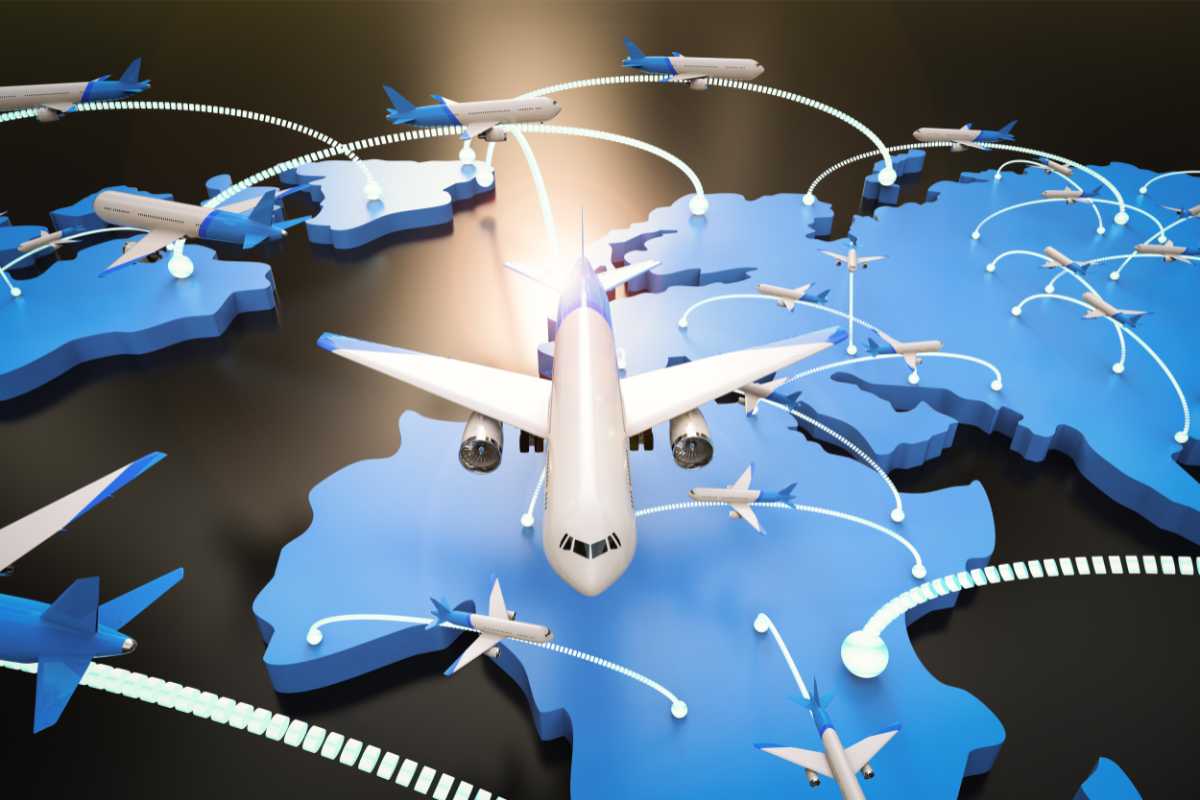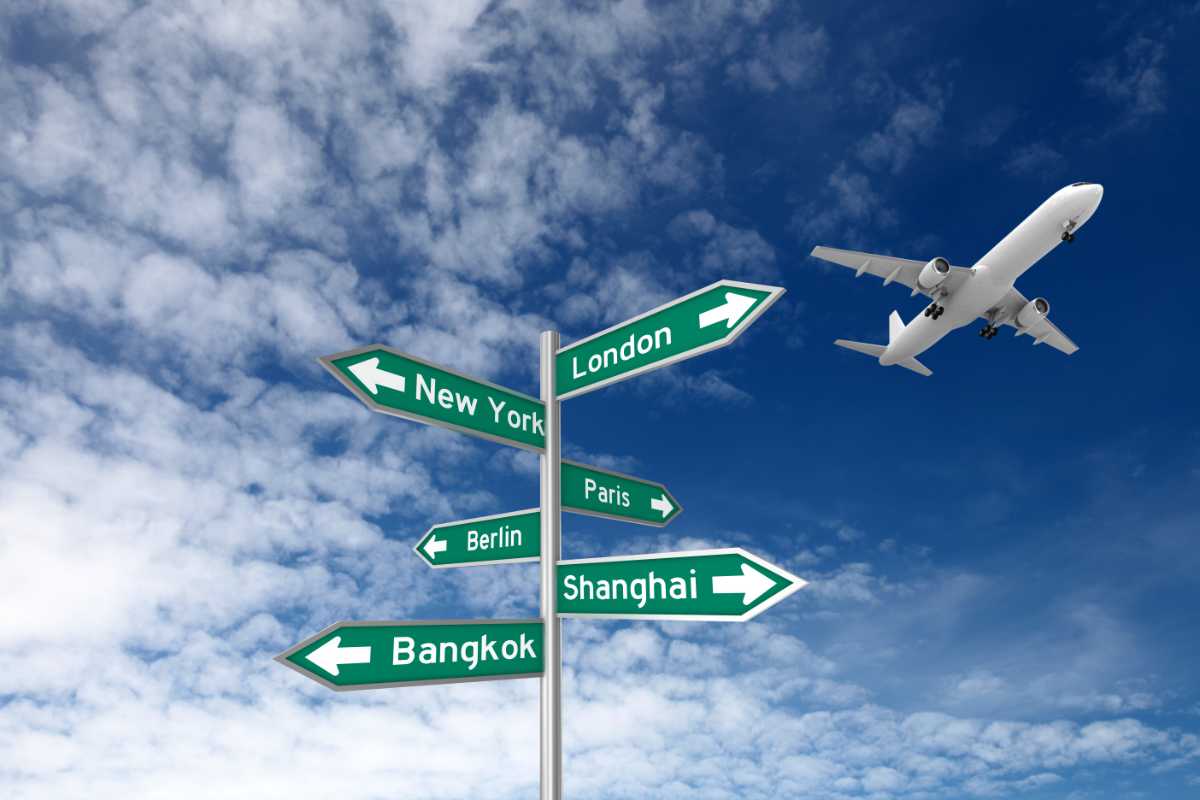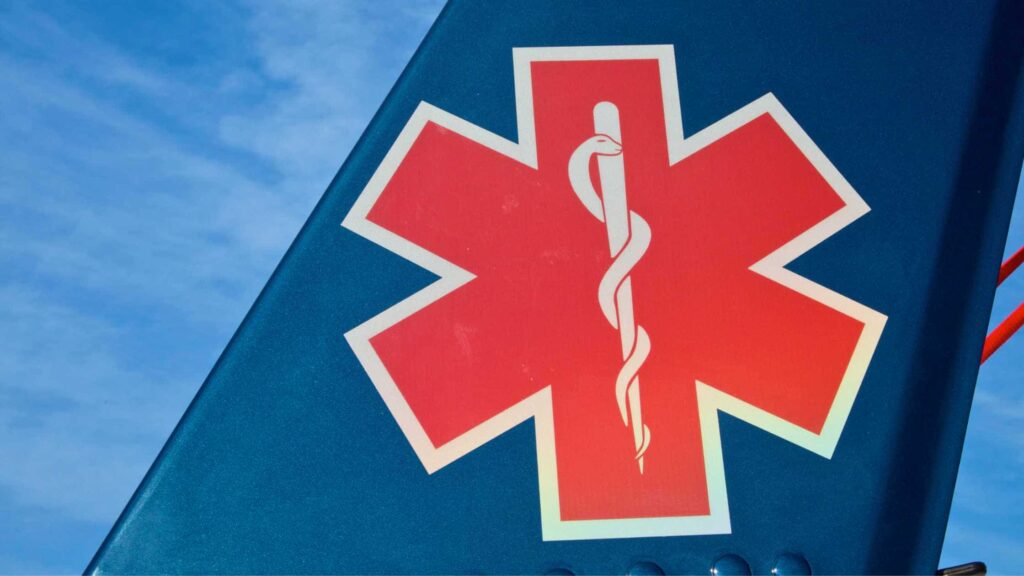If you’re a medical practitioner, you understand that every minute counts when a patient’s life hangs in the balance. The difference between life and death can hinge on how quickly you can transport a patient to receive urgent specialised care that your facility lacks.
When facing these time-sensitive cases, emergency medical flights allow you to rapidly move patients via private jet to obtain the lifesaving treatment they desperately need. As a healthcare executive, you need trusted insights on arranging rapid emergency jet transportation for time-critical cases.
This article offers deep insights into emergency medical flights, their cost, and how to ensure a flight is always available for critical health situations. Let’s begin with the various forms of aircraft necessary for medical evacuations.
Types of Aircraft for Medical Evacuations
When faced with medical emergencies, you’ll want to charter any of the following aircraft for swift evacuation:
- Twin-engine turboprops
- Light and midsize jets
- Heavy jets & narrow body airliners
1. Twin-Engine Turboprops
Twin-engine turboprop aircraft like the King Air series are popular for transporting people with urgent medical attention. With a cruising speed of 320 kph and a range of up to 1,739 nm, the King Air 300 and 350 models are well-suited for regional medical flights. The pressurised cabins provide a controlled environment for patients. Many air ambulance operators use the King Air series due to its proven track record, cabin space, and lower operating costs compared to jets.
2. Light and Midsize Jets
For medical evacuations requiring higher speed and longer range, light and midsize jets are commonly used. Aircraft such as the Learjet 31, 35, 45, and 55, as well as the Learjet 60 Hawker 400XP & 800XP and Citation CJ2+, are popular for air ambulance missions.
3. Heavy Jets & Narrow Body Airliners
For large-scale medical evacuations and when patients require complex in-flight care, heavy jets and Narrow Body Airliners are necessary. Aircraft such as the Challenger 605, Global Express and Boeing 737 are commonly used.

Chartering an appropriate aircraft based on the patient’s condition and transportation requirements is critical for a successful medical evacuation. Reliable air ambulance brokers can deploy different aircraft based on each mission’s needs, from turboprops for regional flights to cargo jets for massive evacuations.
Boasting a global network of aircraft available on-demand, Unnamra Aviation provides tailored solutions to ensure patients get the care they need no matter the situation. But what are those features that make an emergency medical flight appropriate for transporting patients in need of urgent care? Let’s find out!
What to Expect During an Emergency Medical Flight
A rapid response flight is not only a viable solution to time-sensitive situations but also provides the opportunity to ensure a smooth transition during the journey, as opposed to a commercial flight.
Here’s what you can expect:
- A rapid response team
- Advanced life support equipment
- Close monitoring and care
- A direct flight to definitive care
1. A Rapid Response Team
Emergency medical flights are manned by a team of professionals trained to provide critical care in transit. The flight crew typically consists of pilots, nurses, paramedics, and physicians. Their role is to stabilise the patient’s condition and manage life support equipment during transport to an appropriate hospital facility. The medical staff operates under protocol and standing orders from collaborating physicians on the ground to facilitate a swift response.
2. Advanced Life Support Equipment
Specially outfitted aircraft contain advanced equipment for monitoring patients and providing life support during flight. This includes defibrillators, ventilators, IV pumps, and other devices to sustain patients with life-threatening conditions. The cabin is also supplied with emergency medications, advanced airway management equipment, and other essential gear for treating trauma and medical emergencies.
3. Close Monitoring and Care
From takeoff to landing, the medical staff closely monitor the patient and provide intensive care for any medical emergency on the flight. They assess vital signs, administer medications as ordered, adjust oxygen levels and ventilator settings, perform CPR if needed, and take other measures to stabilise the patient during the flight. The staff maintains constant communication with physicians on the ground, updating the receiving facility on the patient’s status and preparing them to continue care on arrival.
4. A Direct Flight to Definitive Care
Emergency medical flights aim to transport patients directly to facilities that can provide definitive care for their conditions. This may involve bypassing local hospitals in favour of a regional medical centre with specialised capabilities, such as a level I trauma centre, burn unit, or cardiac care centre. The goal is to deliver the patient to the appropriate care environment as rapidly as possible, given the nature and severity of their medical emergency.
In summary, emergency medical flights provide sophisticated critical care and rapid transport for patients with life-threatening medical conditions. From a highly trained flight crew and advanced life support equipment to close monitoring, these flights aim to stabilise patients in transit and speed them to hospitals that can provide definitive treatment. For time-sensitive cases, an emergency medical flight can mean the difference between life and death. But how do you ensure easy access to one when needed? Continue reading to learn more.
Arranging Emergency Medical Flights Anywhere in the World
As a broker of private aircraft, Unnamra Aviation can arrange emergency medical evacuation flights to transport patients in time-sensitive, critical conditions. Our experienced team provides rapid response and logistical support to hospitals, governments, and NGOs 24 hours a day, 7 days a week. This means wherever you are in the world, you have access to a wide range of emergency aircraft on demand.

We can help you with a range of services, including:
- Helicopter and jet options
- Repatriation and medevac services
- Highly qualified medical crews
- Seamless coordination and support
1. Helicopter and Jet Options
We have access to a range of aircraft suitable for medical missions, from helicopters and turboprop planes to mid-size and long-range jets. The aircraft selected will depend on factors like the patient’s medical needs, distance to be travelled, and availability.
Helicopters are well suited for transporting patients from remote areas or when rapid transit is critical. Mid-size jets can accommodate medical equipment, staff, and the patient’s domestic partner, while large jets may be required for long international flights.
2. Repatriation and Medevac Services
Our medical evacuation services include repatriating citizens from foreign countries as well as transporting patients internationally for treatment. We work closely with hospitals, insurance providers, and embassies to organise the logistics of each medical flight. This includes securing necessary permits through the operators, coordinating medical staffing and equipment, and arranging ground transport to the receiving hospital.
3. Highly Qualified Medical Crews
Unnamra Aviation only works with accredited air ambulance providers and certified medical teams with extensive experience treating patients in flight. The medical crew will evaluate the patient’s condition before departure and continuously monitor vital signs during the flight. They’re trained to provide emergency interventions and life support in the air if a patient’s condition becomes unstable.
4. Seamless Coordination and Support
From the initial request to the patient’s safe arrival at the destination, Unnamra Aviation’s staff provides seamless coordination and support. Our team promptly responds to requests, assesses the requirements for each medical mission, and taps into our extensive network to find the right aircraft and crew. We handle all necessary arrangements to minimise delays and ensure a smooth transport for the patient. Suffice it to say, reliable, professional service is our priority for every medical evacuation flight we arrange.
By contacting Unnamra Aviation to coordinate emergency medical flights, hospitals and governments internationally can be assured of a rapid response and safe, efficient transport for critical patients requiring evacuation or repatriation. Our experienced team and access to a range of private aircraft allow us to tailor solutions to the unique needs of each medical mission. With that said, what’s the cost of transporting patients in emergencies? Let’s do some estimates in the next section.
Estimating an Emergency Medical Flight Cost
When a medical emergency arises, time is of the essence. An air ambulance can provide rapid transport for patients who require treatment at specialised facilities that may be located a significant distance away. However, emergency medical flights are extremely expensive, often ranging from $10,000 up to $25,000 or more per hour.
The final cost of the flight is usually determined by the aircraft type, staffing, distance, and the patient’s condition.
1. Aircraft and Staffing
The high cost of emergency medical flights is primarily due to the specialised aircraft and staff required. An air ambulance is equipped like an intensive care unit, with lifesaving equipment and medications on board. It’s staffed by paramedics, nurses, and sometimes physicians. The aircraft and medical personnel must be on standby 24 hours a day, 7 days a week, which contributes significantly to operating costs.
2. Distance and Destination
The total cost of an emergency medical flight also depends largely on the distance travelled and the destination.

Transporting a patient a few hundred miles within the same country or region will be on the lower end of the cost spectrum. Long-distance international transport, particularly into the US from other parts of the world, may cost more due to increased fuel requirements, staff time, and aircraft maintenance.
3. Patient Acuity
Other important factors in determining the final cost are the patient’s medical condition and acuity level. Patients requiring advanced life support, multiple medications, close monitoring, or immediate surgery upon landing will necessitate a higher level of care and more medical personnel during transport, resulting in higher fees. Stabilising a critically ill patient also takes additional time, increasing the total flight hours billed.
While emergency medical flights provide an invaluable service, the high costs often fall upon patients and their families during an already stressful time. If you have frequent flyer miles with an airline, you may be able to cash in on some savings. Similarly, health insurance policies typically offer limited coverage for air ambulance transport, leaving substantial out-of-pocket expenses.
For more information on booking emergency flights and cost-saving opportunities, contact Unnamra Aviation.
Frequently Asked Questions
What Is A Medically Assisted Flight?
A medically assisted flight is specialised air transport for sick or injured patients, utilising medical aircraft or helicopter ambulances. This service ensures patients receive continuous medical care while being moved to another location. It’s often used for repatriation or when specific medical expertise is required but unavailable locally.
How Much Does It Cost For The Air Ambulance To Fly?
The cost of an air ambulance flight varies, depending on the destination, type of aircraft and patient condition. It’s a critical service that comes with a substantial price tag due to the specialised care and equipment involved.
Conclusion
Emergency medical flights provide a critical service for hospitals, medical providers, families, insurance companies, and NGOs needing to transport patients quickly and safely over long distances. By utilising private aircraft outfitted with advanced medical equipment and staffed by experienced medical crews, these flights can respond on short notice and fly directly to the destination without relying on commercial airline schedules and routes. For patients facing life-threatening conditions where time is of the essence, an emergency medical flight service may offer the best option to receive rapid specialised care at a distant facility.
With lives on the line, the capability to rapidly transport critical patients in a mobile ICU at jet speeds can make all the difference. Though expensive, medical flights fill a vital niche, enabling rapid response and specialised in-transit care for the most time-sensitive medical cases. All you need is the right team to give you immediate access to aircraft when needed.
Contact Unnamra Aviation for more details on how to book an emergency medical flight!




